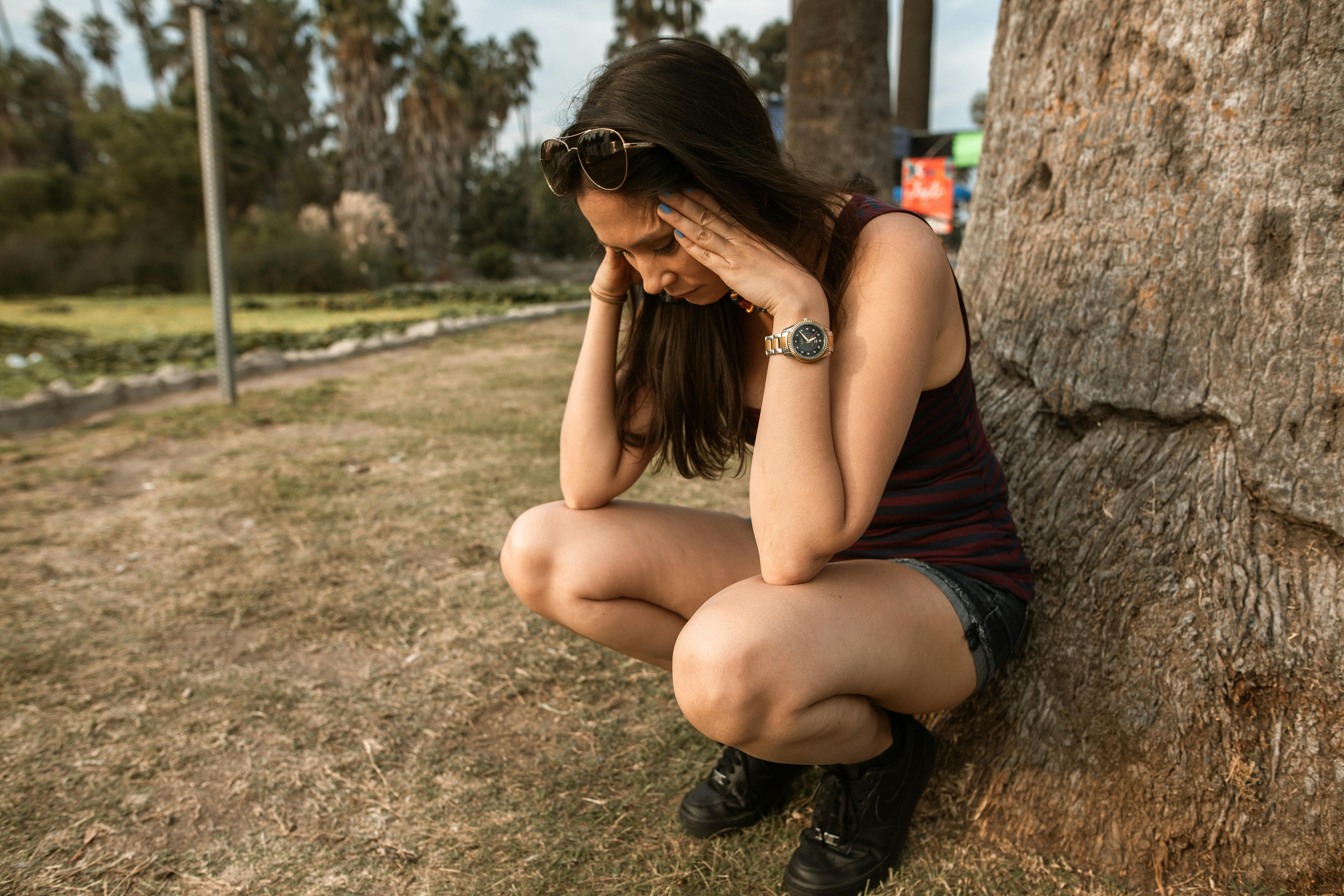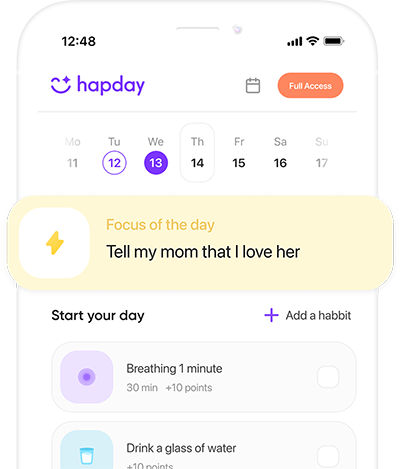Living with post-traumatic stress disorder—it’s a bit of a rollercoaster, isn’t it? PTSD can really throw you for a loop, especially when it decides to pop up as anxiety attacks. We’re talking about episodes that can leave you feeling like you’ve been hit by a freight train—full of intense fear, worry, and all those physical symptoms that make you feel like your body is betraying you. Understanding these anxiety attacks and finding ways to cope is super important for keeping your mental health in check. So let’s take a dive into what PTSD anxiety attacks are all about—backed by some research and stats—and explore different strategies that might help you navigate through.
Table of Contents
- Understanding PTSD and Anxiety Attacks
- Symptoms of PTSD Anxiety Attacks
- Effective Coping Techniques
- Mindfulness and Meditation
- Cognitive-Behavioral Therapy (CBT)
- Breathing Techniques
- Physical Activity
- Support Networks
- Additional Strategies
- Conclusion
Understanding PTSD and Anxiety Attacks
So what’s the deal with PTSD? It’s a mental health condition sparked off by an experience that’s, well, pretty traumatic. I read somewhere that about 3.5% of adults in the U.S. face this every year, and guess what—it’s more common in women than men. Then you have anxiety attacks, or panic attacks, which are basically your brain’s way of responding to fear without any warning labels. For folks with PTSD, these attacks can be like reruns of a horror movie, bringing those ugly flashes of the original trauma back to life.
Symptoms of PTSD Anxiety Attacks
You know, when an anxiety attack hits, it can look like this wild mix of:
- Rapid heartbeat (feels like your heart’s trying to make a break for it)
- Sweating bullets and trembling like a leaf
- Gasping for air, anyone?
- That fun merry-go-round feeling of dizziness or lightheadedness
- This overwhelming sense that something terrible is lurking just around the corner
- Feeling like you’re watching yourself from outside your body—so not fun.
These attacks can range from a quick jab to a prolonged battle, making it vital to develop coping tools that fit just right for you.
Effective Coping Techniques
1. Mindfulness and Meditation
You’ve probably heard about mindfulness, right? A bit like the yoga whisperer for PTSD anxiety attacks. I saw somewhere that a study in Psychological Trauma said mindfulness can really tone down those PTSD symptoms. It’s all about staying grounded—staying present—rather than getting whisked away on a storm of anxiety.
Tips for Practicing Mindfulness:
- Slip into a daily meditation groove. Focus on your breaths and how your body feels.
- Try grounding exercises; like zeroing in on an object near you just to keep your mind anchored.
- Check out some apps or guided meditations aimed at PTSD and anxiety—you might find your zen there.
2. Cognitive-Behavioral Therapy (CBT)
You’ve probably heard about CBT too. It’s this well-regarded therapy for tackling PTSD and anxiety, helping you reshape those gloomy thought patterns into something more rainbow. There was something I read about how CBT brings noticeable improvement in PTSD symptoms—kinda like upgrading your mental software.
Benefits of CBT:
- It helps untangle the mess between thoughts, emotions, and actions.
- Gives you the knack for reframing nagging thoughts and defusing anxiety triggers.
- Helps you face those feared scenarios by providing a safe structure—goodbye avoidance!
3. Breathing Techniques
Ah, breathing. It’s something you’d think wouldn’t need instructions, yet here we are. Deep breathing exercises are great for calming your body during an anxiety attack. I remember reading in the Journal of Clinical Psychology that focused breathing can dial down the intensity and cut these attacks short.
Breathing Exercise to Try:
- 4-7-8 Breathing Technique: Inhale through the nose for four counts, hold for seven, then exhale through the mouth for eight—give it a go!
4. Physical Activity
Exercise can be a game-changer for anxiety. It releases those endorphins—a natural high, really—and might even make tackling anxiety a bit easier. According to the Journal of Anxiety, Stress & Coping, folks who exercise regularly are usually in a better spot anxiety-wise.
Suggestions for Physical Activity:
- Go for a brisk walk, run, or cycle—a good 30 minutes most days can work wonders.
- Yoga, combining physical moves with mindfulness, offers a double whammy of therapeutic goodness.
5. Support Networks
You know, there’s something unbeatable about not being alone. Having a support network can be your safety net. Sharing with others who get it can ease that feeling of facing PTSD solo. Support groups? Absolute gold.
How to Build Support Networks:
- Dive into local or online support groups focused on PTSD and anxiety.
- Lean on friends or family who get it and can lend an ear.
- Think about therapy sessions alongside family to get everyone on the same page.
Additional Strategies
- Journaling: Letting your thoughts spill onto the page can put some distance between you and anxiety.
- Healthy Lifestyle Choices: Eating balanced meals, getting sleep, steering clear of caffeine and alcohol—all of this plays a part in keeping anxiety at bay.
Conclusion
It’s no picnic, handling these PTSD anxiety attacks, but with the right techniques, reclaiming control is very possible. Mindfulness, CBT, breathing exercises, exercise, and support networks—these strategies can really help tone down the symptoms and set you back on track.
For a smoother journey towards managing your mental health, why not explore tools like Hapday?

